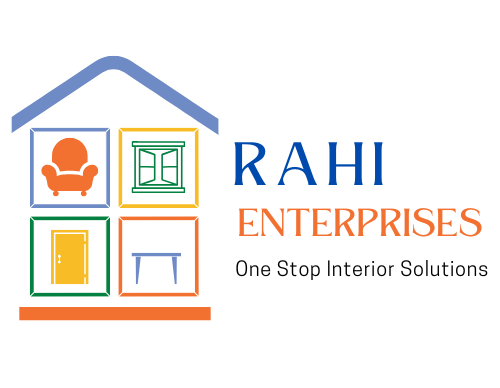Space Planning and Interior Design
The Art of Space Planning: Bringing Your Vision to Life
Effective space planning is the backbone of any successful interior design project. It’s the process of creating a functional and aesthetically pleasing layout that meets the needs of the occupants. In this article, we’ll explore the importance of space planning, layout design, furniture selection, and other key elements that come together to create a harmonious and functional space.
Space Planning: The Foundation
Space planning is more than just arranging furniture in a room. It’s about understanding the needs and behaviors of the people who will be using the space. A well-planned space can improve productivity, enhance mood, and even increase the value of a property. To create an effective space plan, it’s essential to consider factors like traffic flow, functionality, and ambiance.
Layout Design: The Blueprint
Once the space plan is in place, it’s time to think about layout design. This involves creating a detailed blueprint of the space, including the placement of furniture, fixtures, and other elements. A good layout design should balance form and function, taking into account the needs of the occupants and the overall aesthetic of the space.
Furniture Selection: The Finishing Touch
Furniture selection is a critical component of any interior design project. The right furniture can enhance the functionality and aesthetic of a space, while the wrong furniture can detract from it. When selecting furniture, it’s essential to consider factors like comfort, durability, and style.
Flex Printing: Adding a Personal Touch
Flex printing can be a great way to add a personal touch to a space. Whether it’s a custom logo, artwork, or branding element, flex printing can help create a unique and memorable space.
Material Selection: The Details Matter
Material selection is another important aspect of interior design. The right materials can enhance the aesthetic and functionality of a space, while the wrong materials can detract from it. When selecting materials, it’s essential to consider factors like durability, maintenance, and sustainability.
Field Verification: Ensuring Accuracy
Field verification is a critical step in the design process. It involves verifying the accuracy of the design plan and ensuring that all elements are in place. Field verification can help identify potential issues and prevent costly mistakes.
Painting and Colour Consultation: Setting the Tone
Painting and colour consultation are essential elements of interior design. The right colours can enhance the mood and ambiance of a space, while the wrong colours can detract from it. A good colour consultation can help identify the perfect colours for a space, taking into account factors like lighting, furniture, and overall aesthetic.
Fabrication: Bringing It All Together
Fabrication is the process of creating custom elements for a space, such as furniture, fixtures, or decorative elements. It requires a high level of skill and attention to detail, but can result in truly unique and bespoke spaces.
In conclusion, effective space planning, layout design, furniture selection, flex printing, material selection, field verification, painting, colour consultation, and fabrication all come together to create a harmonious and functional space. By considering these key elements, you can bring your vision to life and create a space that meets your needs and exceeds your expectations.
Whether you’re designing a home, office, or commercial space, the principles of space planning and interior design can help you create a space that’s both beautiful and functional. By working with a skilled designer or taking the time to learn about these key elements, you can create a space that truly reflects your personality and style.
